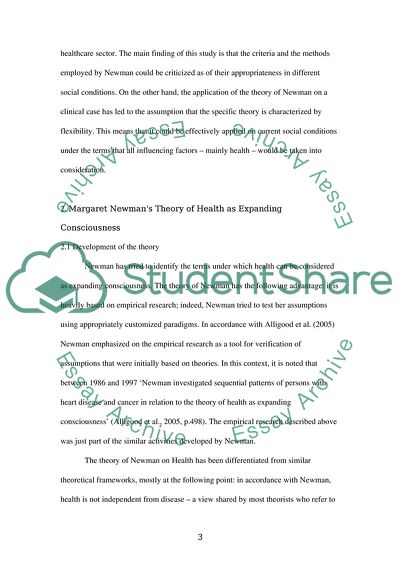Cite this document
(“Not Found (#404) - StudentShare”, n.d.)
Not Found (#404) - StudentShare. Retrieved from https://studentshare.org/health-sciences-medicine/1745504-margaret-newmans-theory-of-health-as-expanding-consciousness
Not Found (#404) - StudentShare. Retrieved from https://studentshare.org/health-sciences-medicine/1745504-margaret-newmans-theory-of-health-as-expanding-consciousness
(Not Found (#404) - StudentShare)
Not Found (#404) - StudentShare. https://studentshare.org/health-sciences-medicine/1745504-margaret-newmans-theory-of-health-as-expanding-consciousness.
Not Found (#404) - StudentShare. https://studentshare.org/health-sciences-medicine/1745504-margaret-newmans-theory-of-health-as-expanding-consciousness.
“Not Found (#404) - StudentShare”, n.d. https://studentshare.org/health-sciences-medicine/1745504-margaret-newmans-theory-of-health-as-expanding-consciousness.


